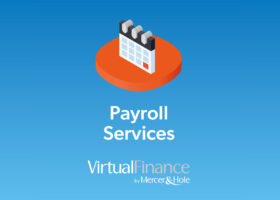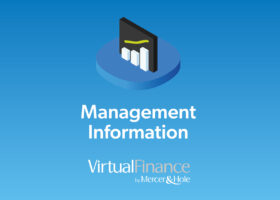Where a furnished rental property qualifies as a Furnished Holiday Let (FHL) some significant tax advantages are available. We examine those along with the detailed conditions within this article.
What type of properties qualify as Furnished Holiday Lettings (FHLs)?
The current qualifying conditions are that the property must:
- be within the European Economic Area; and
- be let on a commercial basis with a view to making a profit; and
- be both available to the public for 210 days (30 weeks) and actually let for 105 days (15 weeks) in each tax year; and
- if occupied by the same person(s) for more than 31 days, have a total of no more than 155 days of such ‘longer term occupation’.
Where more than one property is owned, the availability and actual lettings conditions can be averaged across the letting portfolio. Separately a period of grace election is available where a property qualified in one of the two previous tax years, to preserve the FHL status of the property.
Capital Gains Tax (CGT) Advantages on Furnished Holiday Lettings
The main tax advantage of a property being treated as an FHL is that on a sale, entrepreneurs’ relief may be available which will reduce the CGT rate from 28% to 10%. In order for this to be the case, the property must have qualified as an FHL for the last 12 months of ownership. It is therefore possible in some cases to substantially reduce the CGT payable by changing the way a property is rented out so that it meets the FHL criteria.
Holdover relief can also potentially be claimed if the property is gifted, perhaps to the next generation, thereby deferring the CGT liability until the property is actually sold.
Rollover relief can be claimed where one FHL property is sold and another FHL is purchased, thereby deferring the CGT liability until the final FHL property is sold.
Other points to note
- Full tax relief is available for interest expenses incurred for FHLs unlike other rental lettings where from 2017/18 interest relief will begin to be restricted to the basic rate of tax only.
- Profits from an FHL business are treated as “relevant earnings” for pension contribution purposes unlike other rental businesses.
- Capital allowances can be claimed on both integral features and other capital expenditure on items such as beds, sofas, tables, chairs, carpets, cookers, freezers etc.
- Losses incurred cannot be used against any other income but must instead be carried forward and set against FHL profits in future years.
- The market value of the property at death less any outstanding mortgage is likely to be subject to Inheritance Tax. It is possible under certain circumstances to qualify for Business Property Relief (BPR) where the property is operated as a business. BPR can only be claimed where significant services are provided but HMRC are notoriously averse to agreeing to a claim for BPR.
- FHL businesses are within the scope of VAT so care needs to be taken where the owner of the FHL business is close to the VAT threshold or already VAT registered.
If you would like to discuss any of the points raised in this article, please contact Chris Hadley or your usual Mercer & Hole contact.






 7 mins
7 mins 

